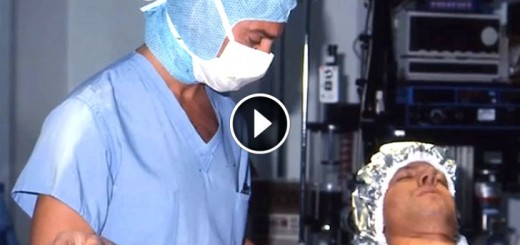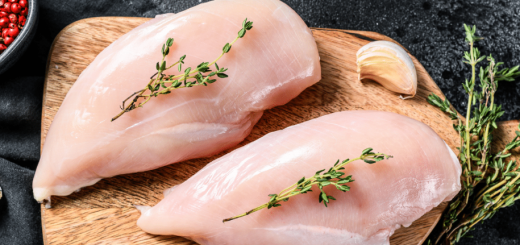Never Store Your Cooked Rice Without Knowing This Important Safety Tip
It’s common to have leftovers after preparing meals for family and friends. Many of us simply store that extra food in the fridge for later — sometimes eating it the next day or even several days later.
But when it comes to cooked rice, there’s a growing awareness about a hidden risk that many people don’t realize.
⚠️ What Is ‘Fried Rice Syndrome’?
Recently, social media has brought attention to a condition called “fried rice syndrome” or “reheat syndrome.”
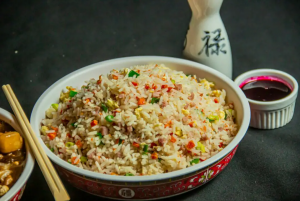
This refers to food poisoning caused by Bacillus cereus, a bacteria commonly found in rice.
Why rice? Cooked rice provides an ideal environment for this bacteria to grow, especially if it’s left at room temperature for too long.
Even within just an hour, bacterial spores can multiply and produce harmful toxins that are heat-resistant— meaning reheating alone won’t always make the rice safe.
🚨 Symptoms to Watch For
Eating rice contaminated with Bacillus cereus can lead to:
Nausea
Vomiting
Abdominal cramps
Fever
Diarrhea (sometimes severe)
Symptoms may appear as soon as one hour after eating contaminated rice. In more serious cases, it can cause dehydration or electrolyte imbalance, especially in vulnerable individuals.
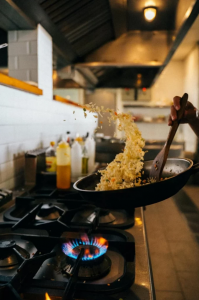
The tricky part? Many people don’t even suspect that leftover rice is causing their sudden illness.
🥡 How to Store Cooked Rice Safely
Luckily, there are simple steps you can take to keep your leftover rice safe:
✅ Cool it quickly: Spread the rice out on a clean tray or shallow dish so it cools faster.
✅ Refrigerate promptly: Transfer the cooled rice to a shallow, airtight container and put it in the fridge within an hour of cooking.
✅ Don’t store too long: Eat refrigerated rice within 24 to 48 hours.
✅ Freezing option: Rice can be stored in the freezer for up to 6 months.
🔥 How to Reheat Rice Safely
When reheating, make sure the rice reaches an internal temperature of at least 165°F (74°C) to kill bacteria that may have grown during storage.
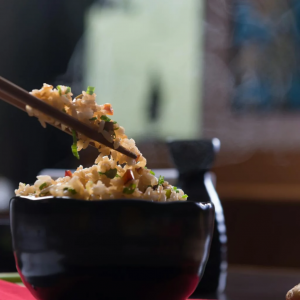
And never reheat rice more than once—this increases the risk of bacterial growth.
✅ Final Tip
By following these simple guidelines, you can enjoy your leftovers safely without putting your health at risk.
📌 Sources: U.S. Food & Drug Administration (FDA), Centers for Disease Control and Prevention (CDC), World Health Organization (WHO)




